A design luminary is often identified by certain markers: instant recognition through name or construction; an amassing of followers spanning decades and the pioneering of cultural shifts. In Issey Miyake’s case, however, grand proclamations of influence were often quietly nudged to the side. Instead, he assumed the position of a visionary who favoured the label “designer”—sans fashion.
Born in 1938 in Hiroshima, Miyake was fascinated by the overlap between art and design. After completing his studies at Tokyo’s Tama Art University, the young graphic design graduate cut his teeth in the famed ateliers of Hubert de Givenchy and Guy Laroche. Despite his proximity to the glamour of couture, Miyake’s experiences solidified his direction. In an industry upholstered by the extraordinary and outré, he would stand out by tapping into a fundamental aspect so often overlooked: humanness.
Introduced to the world alongside other prolific Japanese designers such as Rei Kawakubo and Yohji Yamamoto in the ’80s, Miyake quickly found fans in the likes of Grace Jones and Monica Bellucci. It was his considered balance, over all else, that won over design aficionados, too. While Miyake’s more theatrical designs came alive on model and singer Jones, his penchant for function flourished in the form of 100, uniform, black turtlenecks popularised by American entrepreneur Steve Jobs.
His ultimate claim to prominence, however, remains the ever-popular Pleats Please line which was established in 1993. Initially launched as an extension of the Issey Miyake line in 1989, Miyake’s revolutionary garment pleating technique—which sees the addition of pleats after each item is stitched into shape—proved to be a technical success, further driving home his believe that design is not for philosophy, but for life.
Today, Miyake’s passing at 84 years old is mourned all over the world. According to press notes from Miyake Design Studio and the Issey Miyake Group, the designer died from liver cancer. He was surrounded by close friends and associates at a hospital in Tokyo. Here, at Vogue Singapore, we celebrate the legendary designer’s life through a series of his most unforgettable looks, all of which live up to a sentiment he abided by: “Clothing is the closest thing to all humans.”
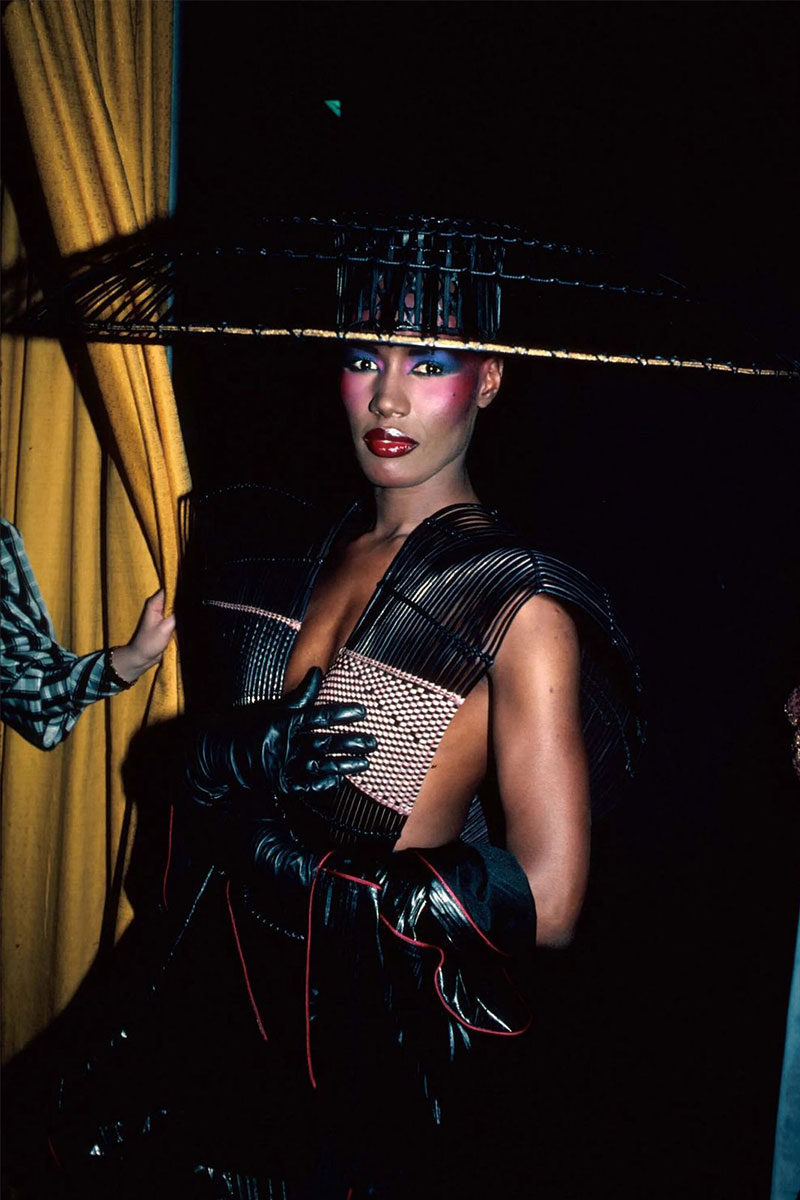
1 / 13
Grace Jones, 1983

2 / 13
Grace Jones, 1981
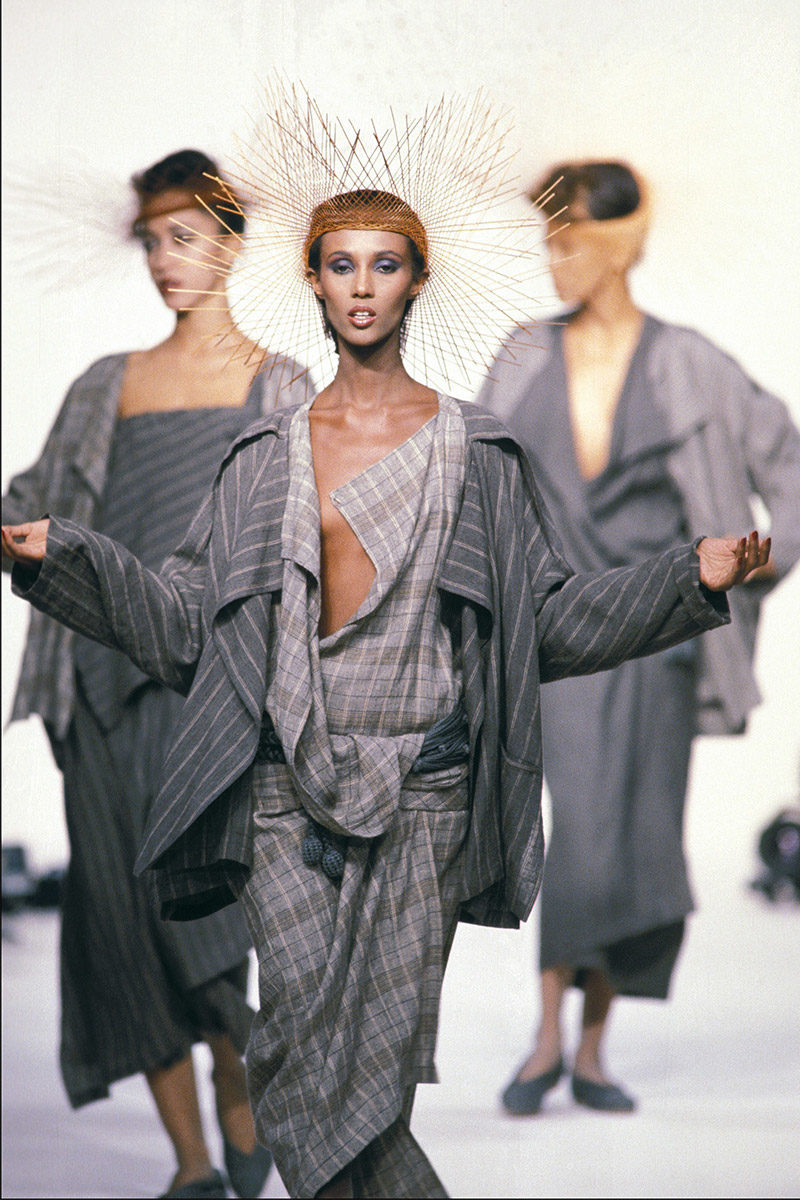
3 / 13
Ready to wear spring/summer 1983
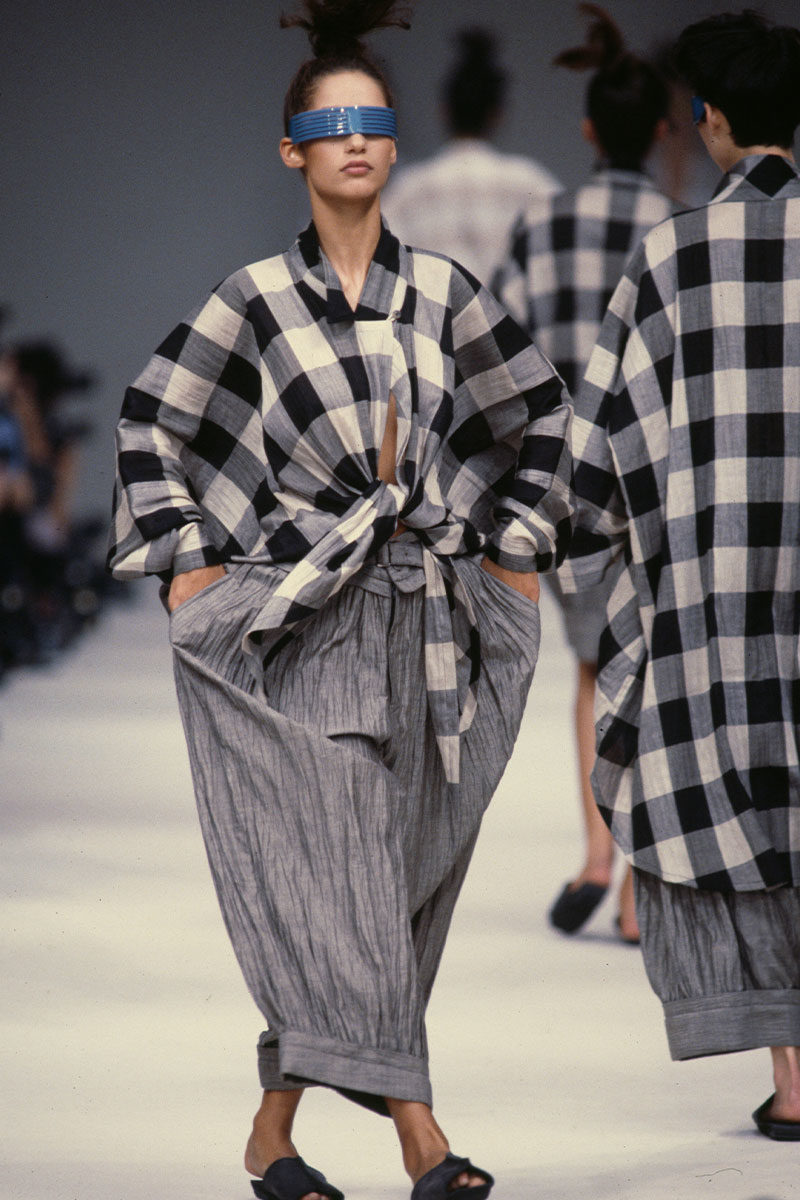
4 / 13
Ready to wear spring/summer 1986
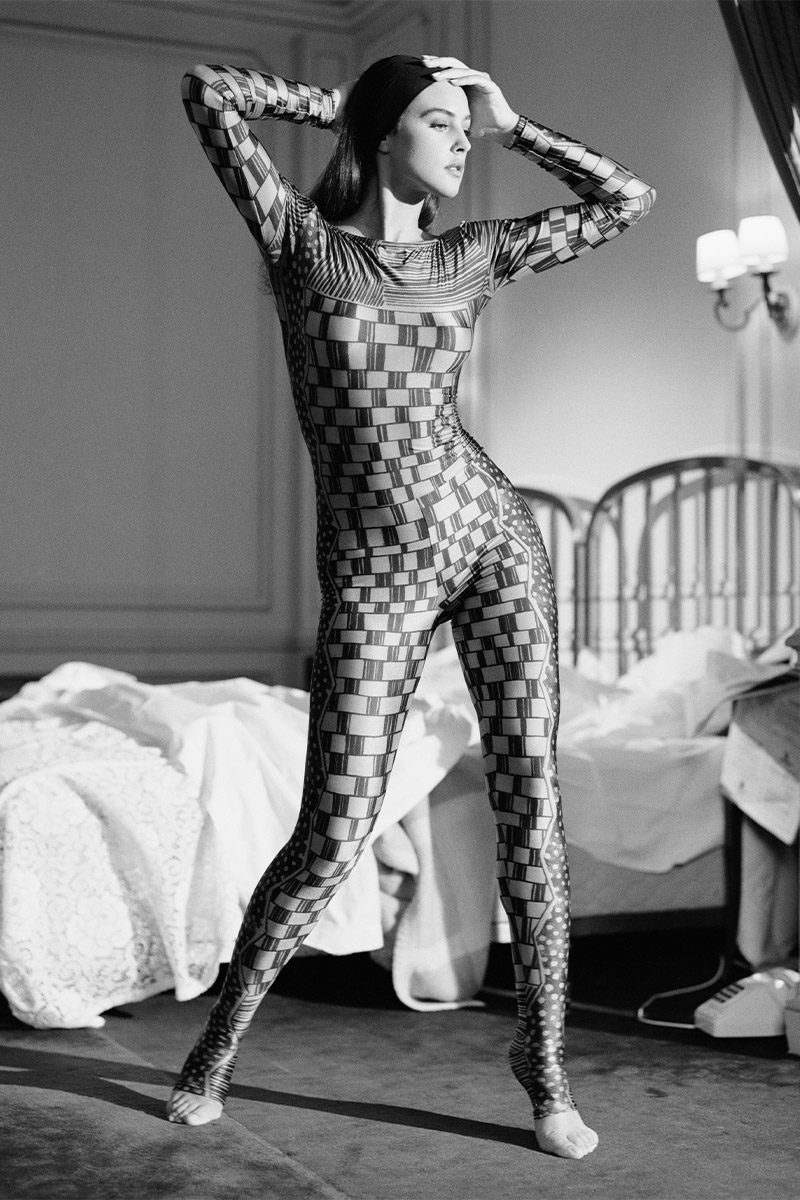
5 / 13
Monica Bellucci, 1990

6 / 13
Linda Evangelista, 1992

7 / 13
Ready to wear spring/summer 1994

8 / 13
Ready to wear spring/summer 1995

9 / 13
Ready to wear spring/summer 1995
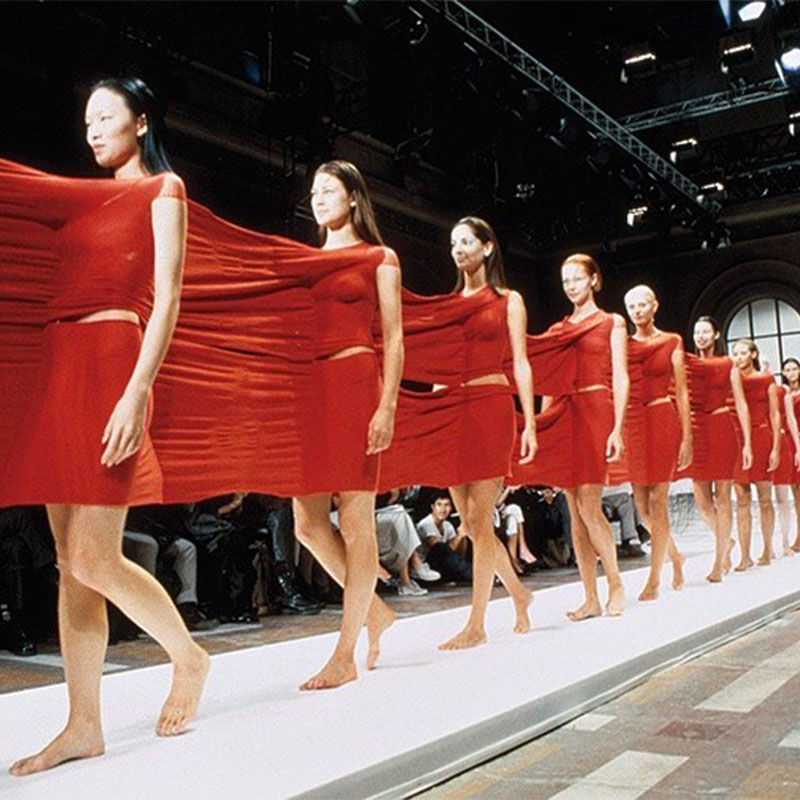
10 / 13
Ready to wear spring/summer 1999

11 / 13
Ready to wear spring/summer 2001

12 / 13
Doja Cat, 2021

13 / 13





